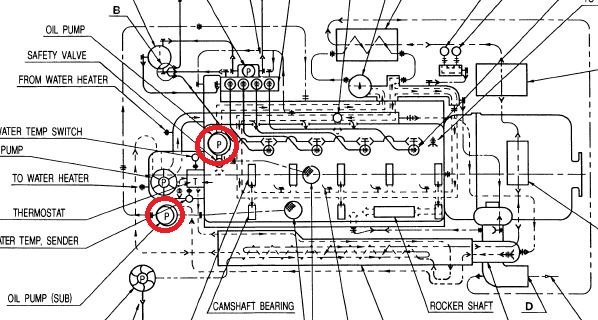AdamC
Member
- Joined
- May 28, 2020
- Messages
- 20
- Location
- United States
- Vessel Name
- Sea Shanty
- Vessel Make
- 1999 Mainship 350
Greetings All,
Has anyone engineered a pre-oiler system onto their Yanmar 4LH or similar engine? If so, I'd love to hear the details.
I suppose this would also be a good time to invite comments on pros and cons of pre-oiler systems in general. Does anyone think they are not beneficial or more trouble than they're worth?
Thanks,
-Adam
Has anyone engineered a pre-oiler system onto their Yanmar 4LH or similar engine? If so, I'd love to hear the details.
I suppose this would also be a good time to invite comments on pros and cons of pre-oiler systems in general. Does anyone think they are not beneficial or more trouble than they're worth?
Thanks,
-Adam

